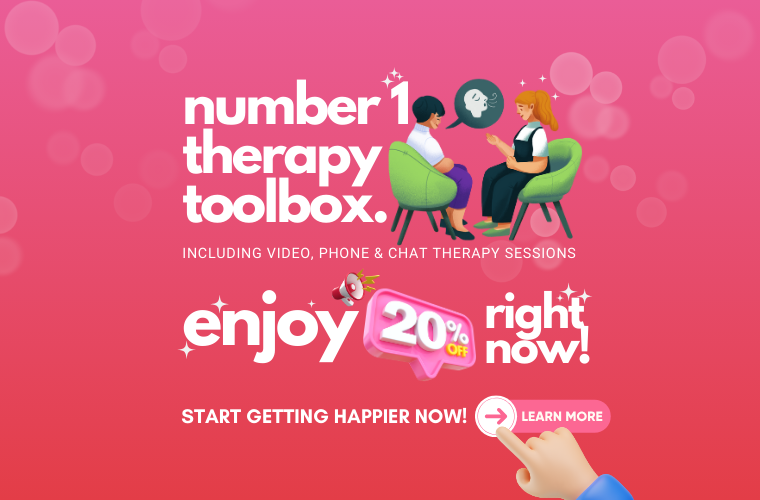Anhedonia is often a hidden torment, a condition where the warmth of joy seems extinguished. It’s not merely a bad day; it’s a consistent inability to feel pleasure from activities that once brought happiness. Understanding its types is crucial in recognizing and addressing this facet of mental health.
A Closer Look at the Types of Anhedonia
Anhedonia presents itself in two primary types, each impacting life differently:
- Social Anhedonia: The pleasure derived from interaction and connection is lost. Those suffering may avoid gatherings, feel indifferent towards friendships, and experience pervasive loneliness.
- Physical Anhedonia: This type affects the ability to enjoy sensory experiences such as eating, touching, or sexual activities. The flavors, textures, and intimate sensations that color life’s canvas fall into a dull monochrome.

Understanding these types can shed light on anhedonia’s multifaceted nature and guide more tailored approaches to wellness.
What Does Anhedonia Feel Like?
Anhedonia is like watching your life from the sidelines and not being able to enjoy things that used to make you happy. Foods don’t taste good anymore, you don’t laugh at jokes, and it doesn’t make you feel proud when you do something good. It’s like your feelings have been turned down, and where you used to feel happy, now there’s nothing.
Anhedonia vs. Apathy
While they may seem similar, anhedonia and apathy are distinct. Anhedonia is the inability to feel pleasure, whereas apathy is a lack of interest or concern. With anhedonia, you can still care deeply about aspects of your life, but apathy leaves you indifferent.
Do I Have Anhedonia?
Anhedonia, a term that might not be as commonly known as depression or anxiety, refers to the diminished ability to experience pleasure. The world has lost its color, food taste, laughter, and joy. But how do you know if what you’re experiencing is genuinely anhedonia? Let’s delve into this complex emotional state to understand it better.
How is Anhedonia Diagnosed?
Diagnosis is a careful process involving psychological evaluation and self-reported experiences. Healthcare providers assess the presence of anhedonia symptoms, often present in mood disorders like depression, to distinguish it from other conditions.
Symptoms to Watch Out For
- Lack of Enjoyment: Activities, hobbies, and social interactions no longer bring pleasure.
- Emotional Numbness: A general indifference to emotional experiences, both positive and negative.
- Social Withdrawal: Pulling away from friends, family, and social activities.
- Lack of Motivation: Feeling no drive or ambition to engage in routine activities.
- Changes in Affective Responses: Diminished reactions to what would typically be considered good or bad news.
What Causes Anhedonia?
The roots of anhedonia can vary widely, intertwining with psychological, physical, and lifestyle factors. It’s often associated with major depressive disorder. However, it can also appear in the context of schizophrenia, bipolar disorder, and Parkinson’s disease. Stress, burnout, and significant life changes can also trigger anhedonic states.
Reflecting on Your Experience
If you’re reading this and nodding, it might be time to look closer at your emotional landscape. Have you felt a persistent disinterest or inability to enjoy life’s pleasures for a considerable time? Is this affecting your daily life, relationships, and overall well-being?
When to Seek Help
Recognizing the signs of anhedonia is the first step toward addressing it. Before seeking professional help, consider taking our Anhedonia Test as a preliminary step. This test is designed to help you better understand your feelings and experiences related to pleasure and enjoyment. If the results suggest you might be experiencing anhedonia, or if these experiences resonate with you, consider reaching out for professional help. Mental health professionals can provide a diagnosis and guide you toward suitable treatment options, including therapy, medication, or lifestyle adjustments.
Remember, seeking help is a sign of strength, not weakness. You can reignite your ability to enjoy life’s pleasures; this test is your first step toward that journey.
Prevention
Preventing anhedonia involves a proactive approach to mental health:
- Maintain a balanced diet and exercise routine.
- Engage in regular social activities, even if virtually.
- Seek therapy or counseling when stress feels overwhelming.
- Practice mindfulness and relaxation techniques to manage stress.
You’re Not Alone
Remember that you’re not alone if you suspect you’re experiencing anhedonia. Many have walked this path and found their way back to joy and fulfillment. Seeking help is a sign of strength, not weakness. Your ability to enjoy life’s pleasures can be reignited, and this blog post is your first step toward that journey.
Conclusion
Anhedonia, though daunting, is not a life sentence. Awareness is the first step to reclaiming the pleasures of life, followed by support, therapy, and sometimes medication.
A Word from IDR Focus Team
At IDR Focus Team, we understand the silent struggle of anhedonia. If you’re feeling disconnected from the joy of life, it’s time to reach out. We encourage you to take the anhedonia test as a starting point for your journey back to happiness. You’re not alone, and joy is within reach. Take the Anhedonia Test and begin the path to rediscovery.


